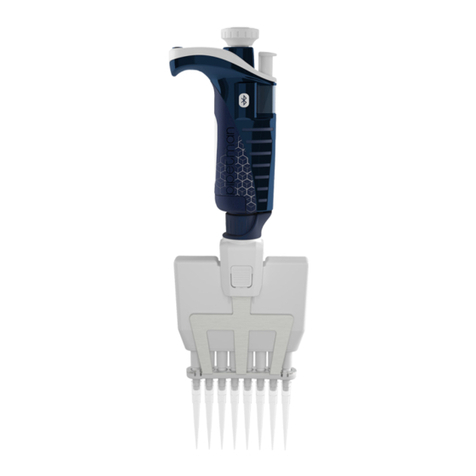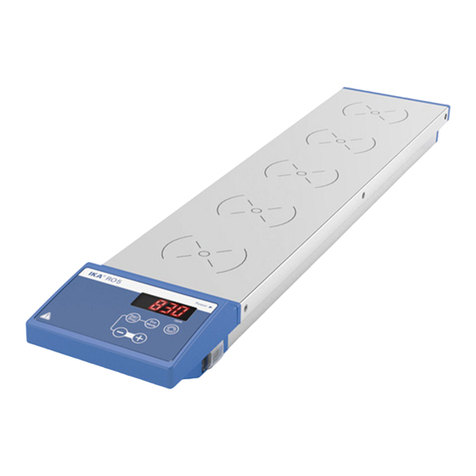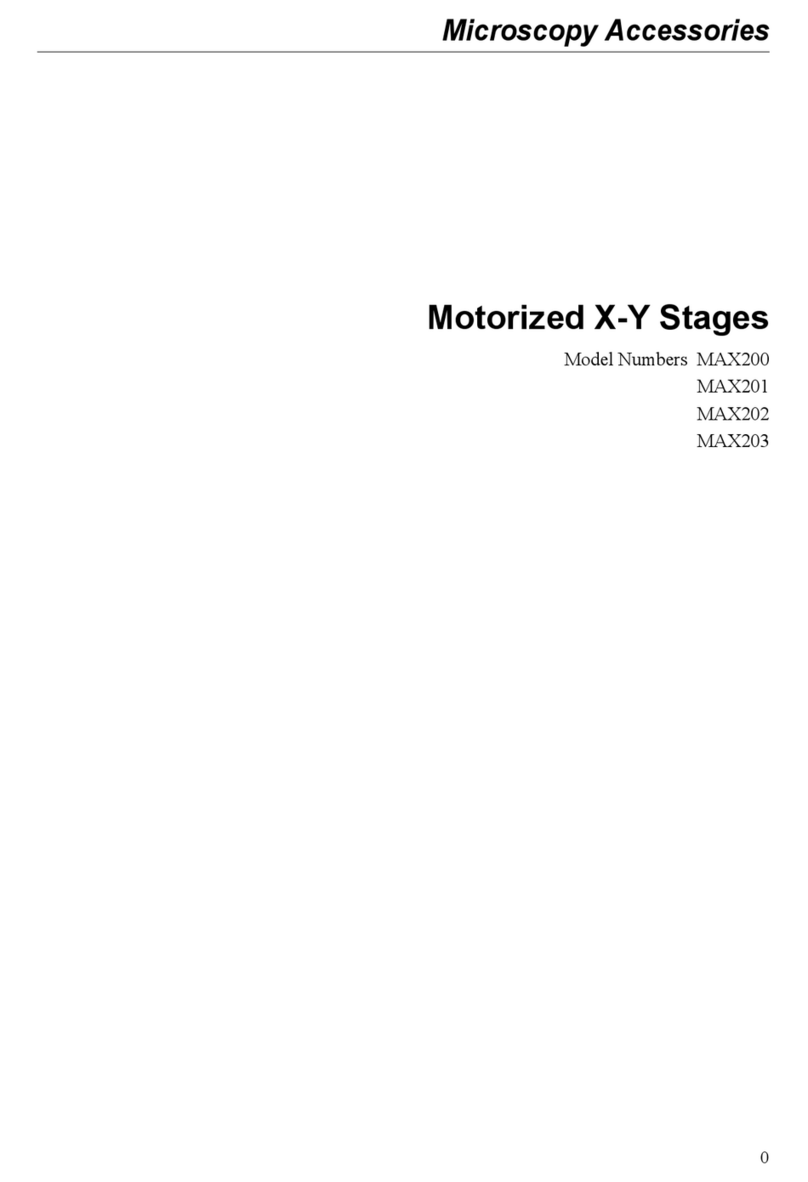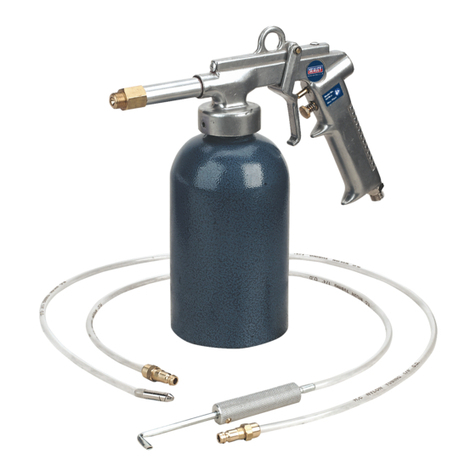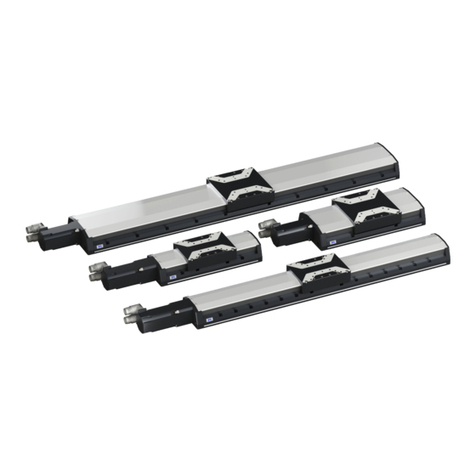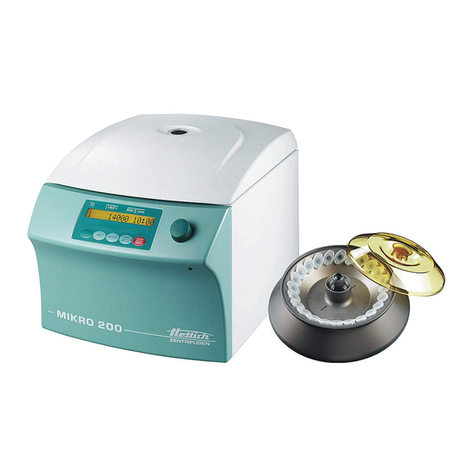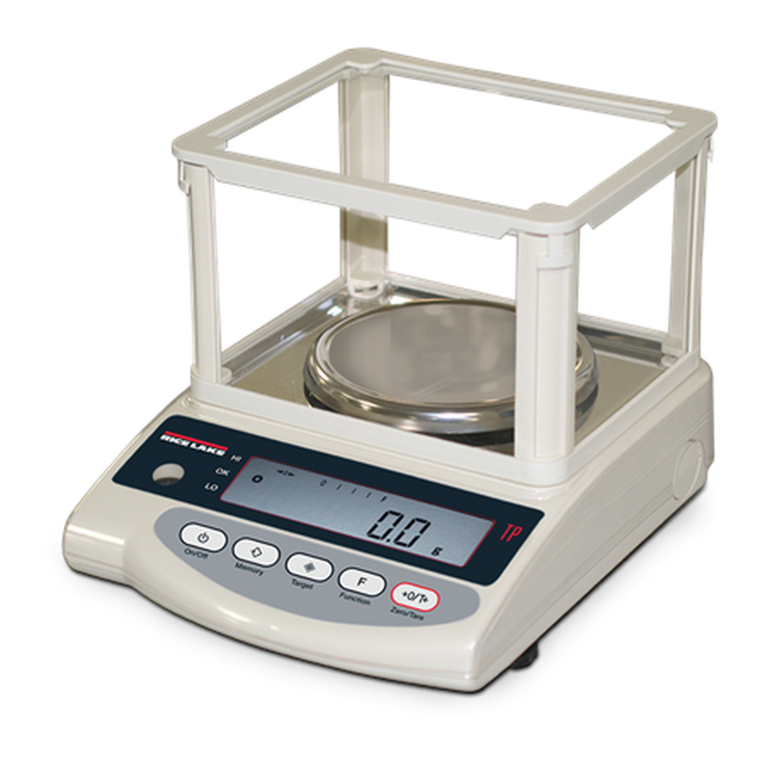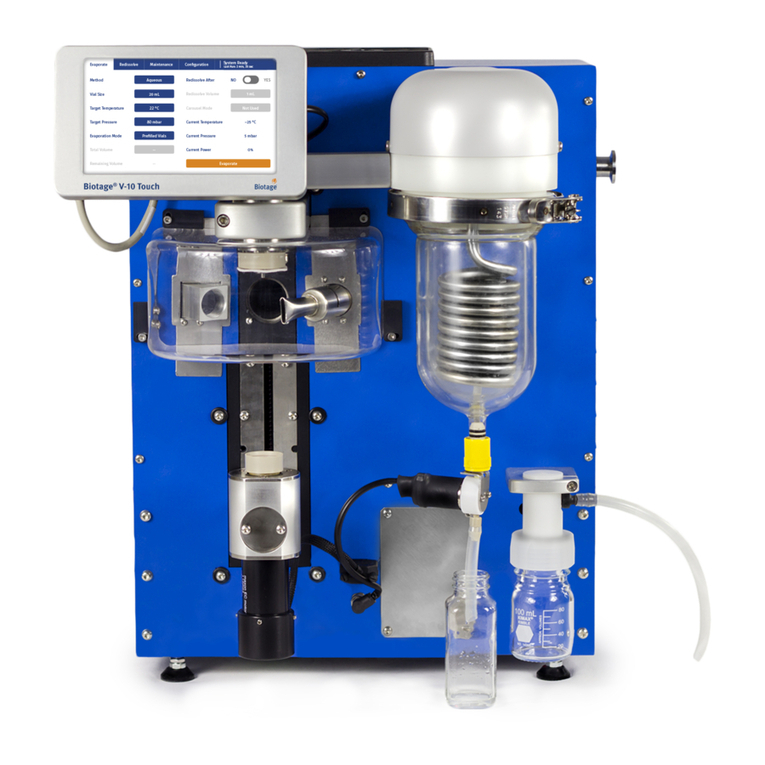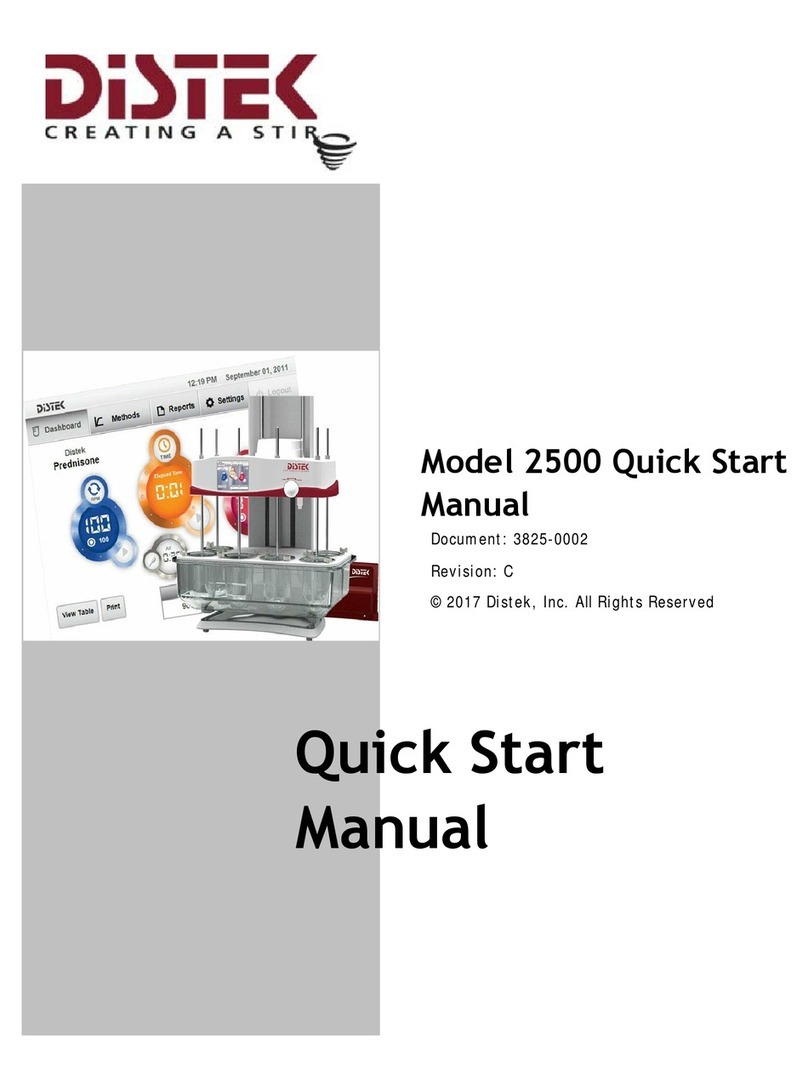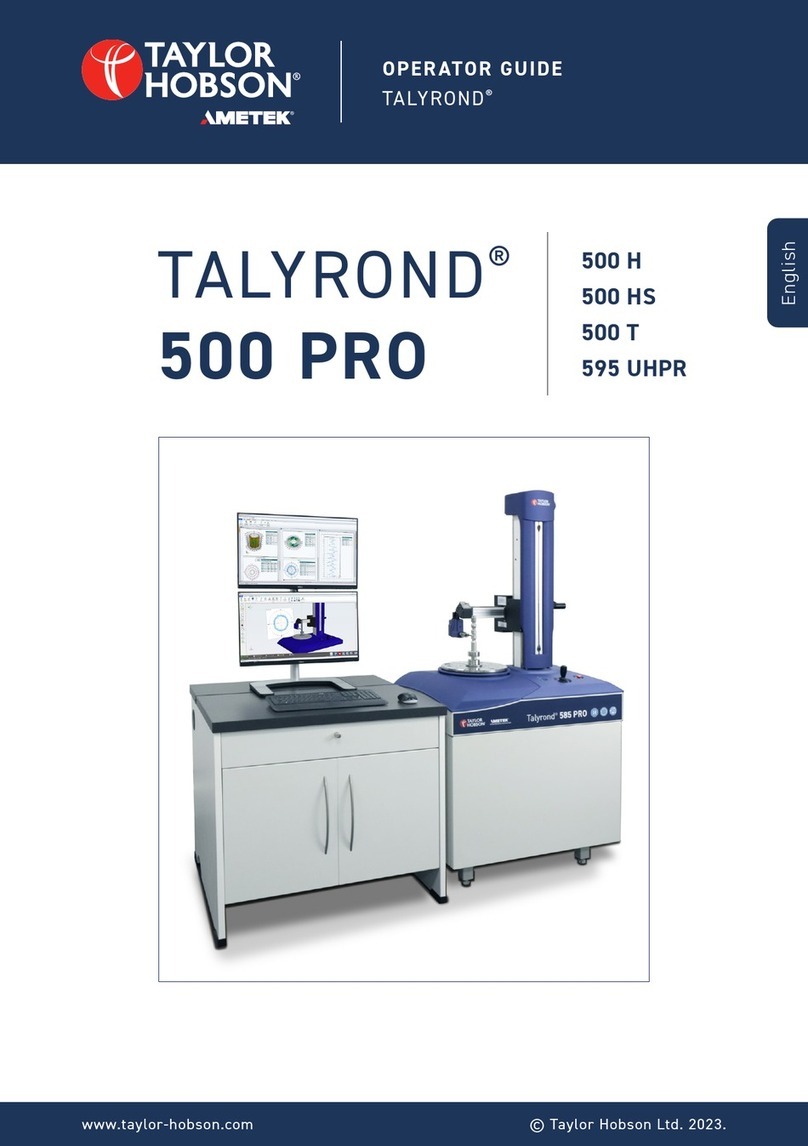SPEX CertiPrep PIPWASH-1 User manual

1
Operation Manual
Pipette Washer/Dryer
A Pipette Washer & Dryer for Volumetric Pipettes
INTRODUCTION
The new Pipette Washer & Dryer, Part #PIPWASH-1, was designed by SPEX CertiPrep chemists to take the hassle out of washing
volumetric pipettes.
The Pipette Washer/Dryer is constructed of durable polyethylene. Electricity is only necessary when using the optional Pipette
Washer Pump. Also available is a PipetteWasher Basin in which to set the Pipette Washer to catch and recycle the cleaning water.
Operation of the PipetteWasher & Dryer is extremely simple and will shorten and simplify the process of cleaning your volumetric
pipettes (up to 23 at a time).The washer holds volumetric pipettes sizes 0.5 mL to 250 mL. First, water is run through the pipettes
to wash them. Then, air is drawn through the pipettes to dry them. The SPEX CertiPrep Pipette Washer is a rectangular plastic
unit approximately 3 feet tall and one foot square. The Pipette Washer has a door on the front, which slides upward, permitting
access to the inside. The door can be held in the upright position using the plastic plug that ts into the hole located above the
door opening.
Inside there is a shelf below the door level containing 23 conical (funnel shaped) plastic pipette holders, which are aligned
in 5 rows of 5, 4, 5, 4, and 5 holders respectively. Each pipette holder is connected via plastic tubing to the wash/dry line. The
third, fourth and fth rows of holders are connected through the left on/o valve, while the rst and second rows of holders
are connected to the right on/o valve. The operator may use two, three or all ve rows of pipette holders depending on the
number of pipettes to be processed. Tubing extends from the two valves to a single main line, which terminates in a hose barb
connector located on the front of the unit just below the on/o valves (see gure on page 2).
OPERATION
Included with the Pipette Washer is a length of tubing. Connect it to your water source, a faucet or the Pipette Washer Pump,
then connect the other end to the hose barb connector on the front of the cabinet (see gure on page 2). The hose should press
on to the connectors securely, but if either connection leaks, you can use a hose clamp to make the connection tighter. Place the
Pipette Washer in a sink or in the Pipette Washer Basin to control and/or recycle runo from the operation.
Before loading the Pipette Washer with pipettes, close both valves on the front of the Pipette Washer (handles in horizontal
position). Place a pipette of any size, tip up, into each pipette holder (see gure on page 2). Start at the back and work forward
towards the door. Once all of the pipettes are placed into position, the valves for the rows containing pipettes are then placed
in the open position (the valve handles are in the vertical position) (see gure on page 2). Turn the water on. Note the valves
located on the front of the Pipette Washer. The valve on the left controls water ow to rows three, four and ve (towards the rear
of the cabinet). The valve on the right controls water ow to the rst and second rows of pipette holders.
When the water source is turned on, water goes through the plastic tubing and then branches into the secondary water lines
and lls each pipette. The water then shoots out of the pipette tip, splashes o the ceiling of the washer, and rains a shower of
water over the outside of the pipettes, thus cleaning both the inside and outside of the pipettes. Water should be allowed to run
through the pipettes for about 10 to 15 minutes to achieve optimum cleanliness.
Once the washing session is complete, shut o the water. The tubing may now be disconnected from the hose barb at the
front of the cabinet (or disconnected at the water source if you are going to reuse the same tubing). Attach the plastic tube to
a vacuum source, if you are using the same tubing you used for the water connection, otherwise, attach tubing from a vacuum
source onto the hose barb connector at the front of the cabinet. Once the vacuum source is opened, air is pulled in through
the pipettes. Allow this to continue until the insides of all of the pipettes are completely dried by the moving stream of air.
Approximate time for drying is 15 minutes.
The PipetteWasher has a small footprint, taking a minimum amount of sink, bench or oor space. During the washing of pipettes,
it is unnecessary to open or close the door, although we recommend that the door be kept closed during the wash to contain
any excess splashing that may occur.

2
Cycle Time: Under normal use, wash times should run 5-10 minutes, however, your protocol may dictate a longer wash cycle.
Drying time should be at least 10 minutes depending on the number of pipettes in the unit and also the size of the pipettes.
You may run detergents through the Pipette Washer/Dryer. Acids may also be used, but be sure to securely close the door to
prevent splashing. The durable polyethylene construction is acid resistant. We recommend using room temperature water, but
extremely hot or cold temperatures should not adversely aect the Pipette Washer/Dryer. With hot temperatures, the tubing
may become soft and pliable.
UNITS AND PARTS
Pipette Washer/Dryer Part #PIPWASH-1
Pipette Washer Basin Part #PIPBASIN-1
Pipette Washer Pump, 115V Part #PIPPUMP-115V
Pipette Washer Pump, 230V Part #PIPPUMP-230V
Operation Manual
Pipette Washer/Dryer(cont’d)
3 ft
1 ft
1 ft
Left Valve
Plastic Hose Barb
Pipette Placement
Right Valve

TROUBLESHOOTING
If one or more of the pipettes inserted into the PipetteWasher are not being washed, make note of which units are not functioning
and turn the water o at the source. Tilt the Pipette Washer Cabinet so as to be able to view the bottom of the unit. Look for
any disconnected tubes or loose pipette connectors. If any connections are loose, tighten them slightly. Set the unit back to its
upright position and turn the water on again. The unit should now be working properly.
NOTE: If any of the tubing is cracked or broken, remove it. Acquire some similar sized tubing (the tubing inside the unit is
standard ¼” I.D. x ⁄” O.D. plastic tubing) from the lab. Cut a piece of tubing to match the size of the existing tubing currently in
use, and re-insert it into the aected area. If you do not have similar sized tubing, call us to order replacement tubing for your
unit.
PRODUCT SPECIFICATIONS
Every eort has been made to provide complete and accurate product operation and information in this manual. However,
since specications are subject to change without notice, changes may be made from time to time to improve the performance
of the product. Therefore, slight changes that are not reected in the current illustrations should be considered minor and
inconsequential for the purposes of this operating manual.
TO ARRANGE A RETURN SHIPMENT
We want you to be happy with anything you purchase from SPEX CertiPrep. Please bring any problem to our attention, but
please DO NOT RETURN any item before contacting us for a Return Authorization Number and instructions. Unauthorized
returns will be refused. Cost for all return transportation is the responsibility of the customer. Credit for returned merchandise
will be issued only after goods have been received and inspected. Returned goods are subject to a 25% restocking fee up to a
maximum of $200.00.
QUESTIONS
If you have any questions about the operation of your Pipette Washer/Dryer, please call the SPEX CertiPrep Chemical Reference
Material (CRM) Division at 1.800.LAB.SPEX or 732.549.7144, extension 444.
Operation Manual
Pipette Washer/Dryer(cont’d)
Phone: 800.LAB.SPEX • 732.549.7144 • Fax: 732.603.9647
CONNECT WITH US
Contact Us
© 2020 SPEX CertiPrep. All Rights Reserved.
Popular Laboratory Equipment manuals by other brands
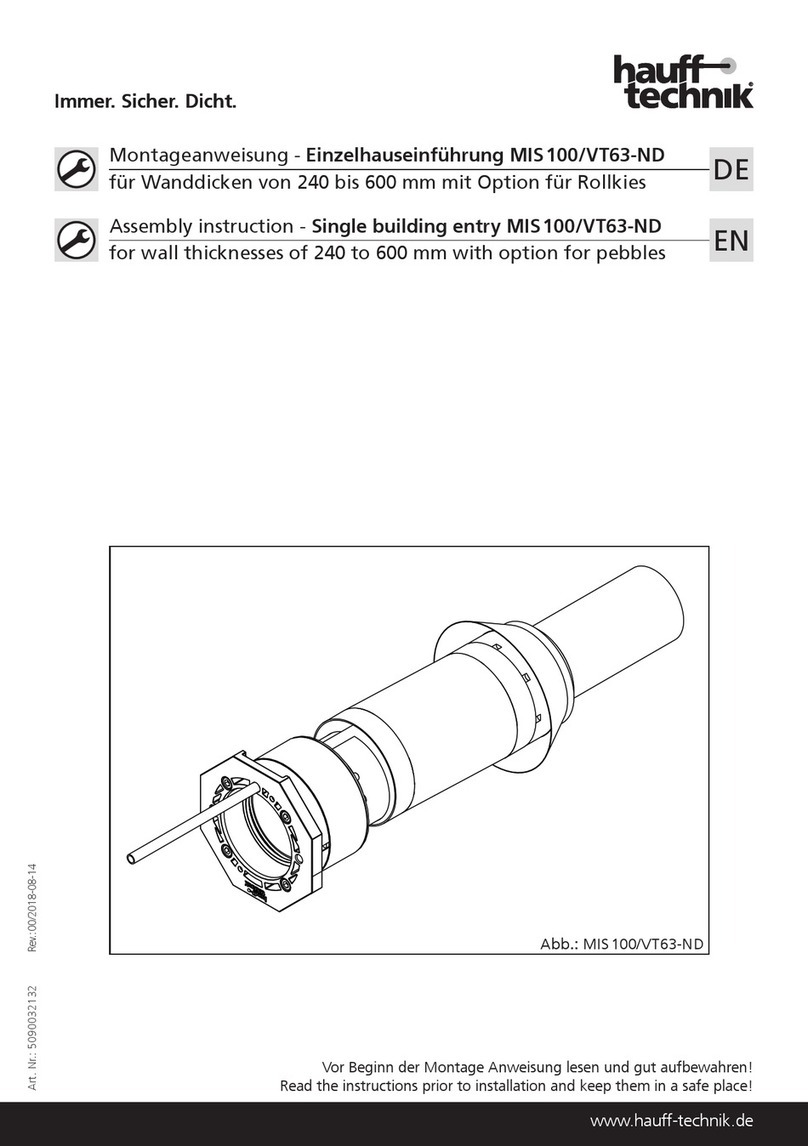
Haufftechnik
Haufftechnik MIS 100/VT63-ND Assembly instruction
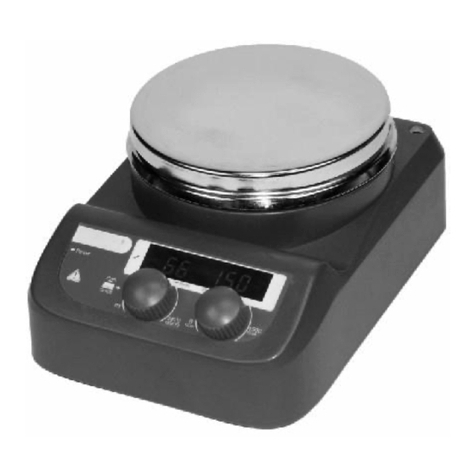
Phoenix
Phoenix RSM-10P user manual
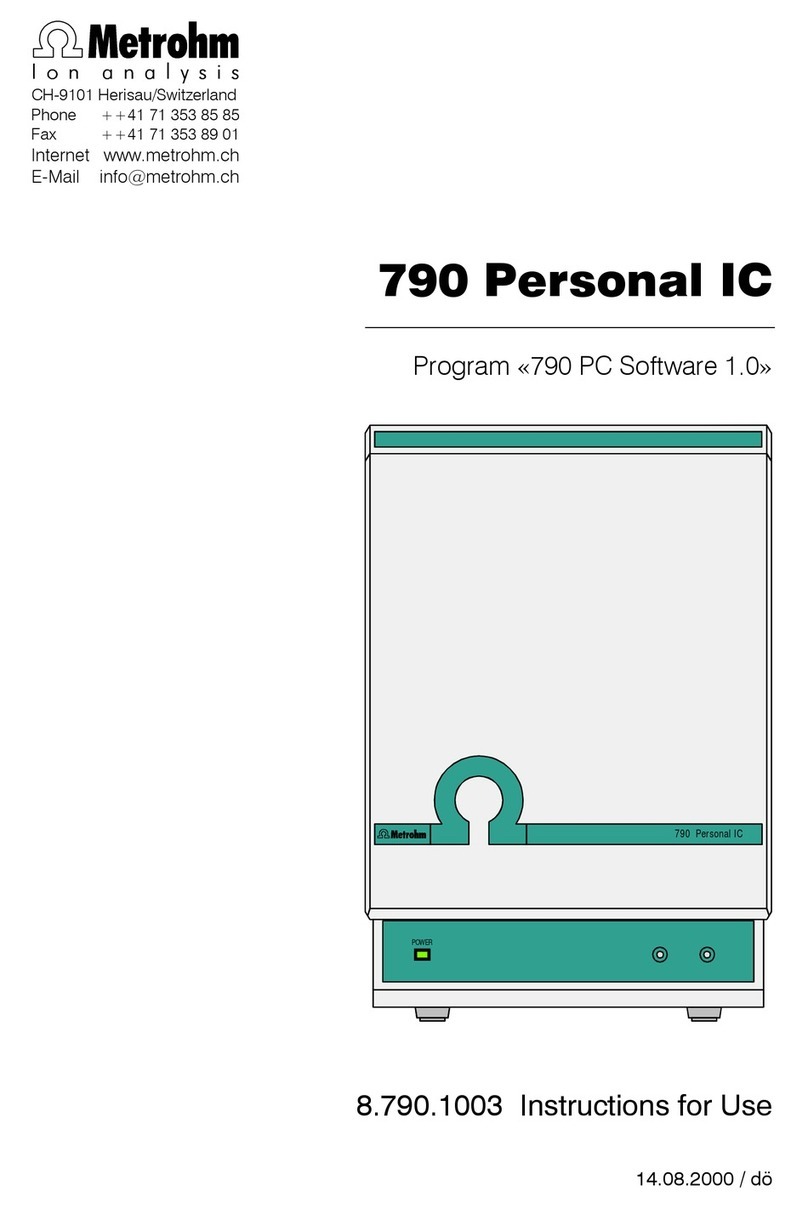
Metrohm
Metrohm 790 Personal IC Instructions for use
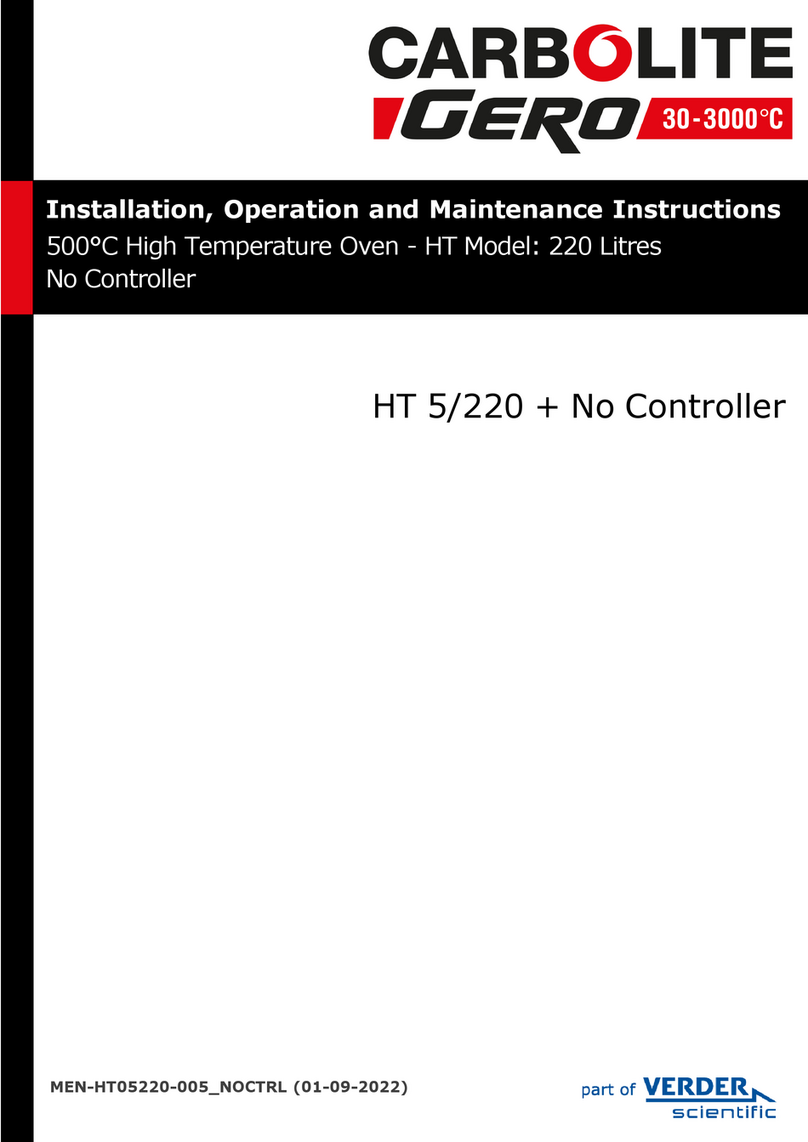
VERDER
VERDER Carbolite Gero HT 5/220 Installation, operation and maintenance instructions

artisan
artisan Germinator 500 operating manual

Metrohm
Metrohm 843 manual
